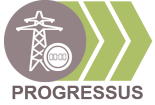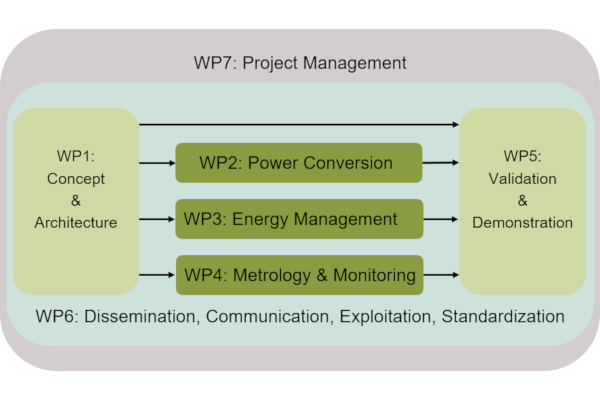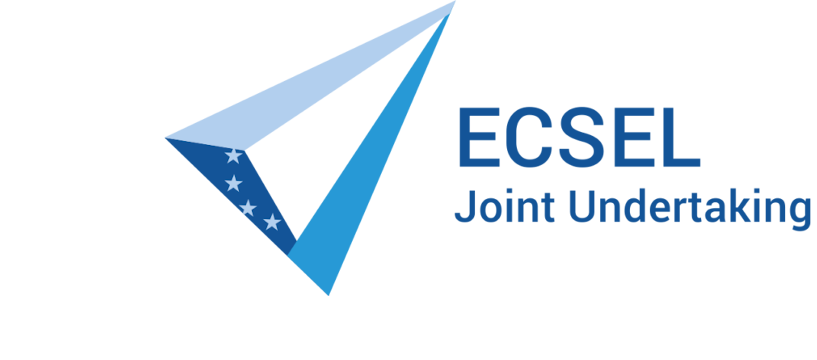The PROGRESSUS Workpackages
WP1 – Concept and Architecture, which deals with definition of the technical concept of the project and of the specifications of the use-cases, which will last until M12 of the project, while will be continuously reviewed throughout the project duration. The activities and results of this work package lays the basis for the activities of the other four technical work packages.
WP2 – Power Conversion consists of the design and development of high efficient power conversion devices. The prototypes will be provided for validation and integration into joint demonstrations to WP5. Input to WP2 will be provided by WP1 in form of concepts and specifications, while WP4 will provide components such as sensors for power converter internal control. The work of WP2 is envisaged to be completed at M30.
WP3 – Energy Management consists of the development of energy management methods and procedures, of which prototypes will be provided for the WP5. WP3 – like WP2 - will be based on the definitions which result from the activities in WP1. Additionally it is linked with WP4, which researches communication and network management approaches to facilitate the application of the energy management methods of WP3. The majority of the work here is also envisaged to be completed by M30.
WP4 – Metrology and Monitoring, which refers to the design and development of solutions for the secure communication infrastructure and the metering infrastructure of the smart grid. Thus, it will provide prototypes for the WP5, is also based on the outcomes of WP1 and supports WP2 and WP3 as described before. The work of WP4 is also envisaged to be completed by M30.
The WPs 2-4 begin in M6 and last until M30. A majority of the tasks here would have been completed by M27 or before. However, the end date presented here includes a level of risk management particularly in terms of aggressive targets set for technology development associated with the power converters, and charging technologies.
WP5 – Validation and Demonstration, picks up on the results of the work packages WP1 – WP4, and consists of the validation of the prototypes and the demonstrations of the use-cases and aspects associated with unifying the work of several partners across countries in a series of independent or collaborative demonstrations. WP5 will start in M24 and last until M36.
WP6 – Dissemination, Communication, Exploitation and Standardization, which will coordinate the dissemination exploitation and standardization activities. Diverse communities will be addressed such as researchers and technical domain experts or potential users of the new technologies and the public in general. Scientific events (workshop, seminars) will be utilized to keep the interested communities informed about the project results. Attention will be devoted to the development of new education and training materials that will introduce the project achievements to the target audience e.g. during lectures/seminars with the intention attract young scientists for future research in the areas of nanoelectronics.
WP7 – Project Management, deals with the overall management of the financial, administrative, technological and operational aspect of the project and maintains the link to the European Commission Project officers and the national authorities.



